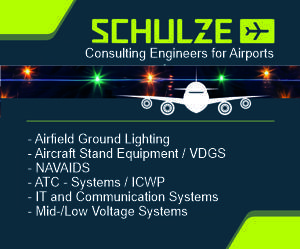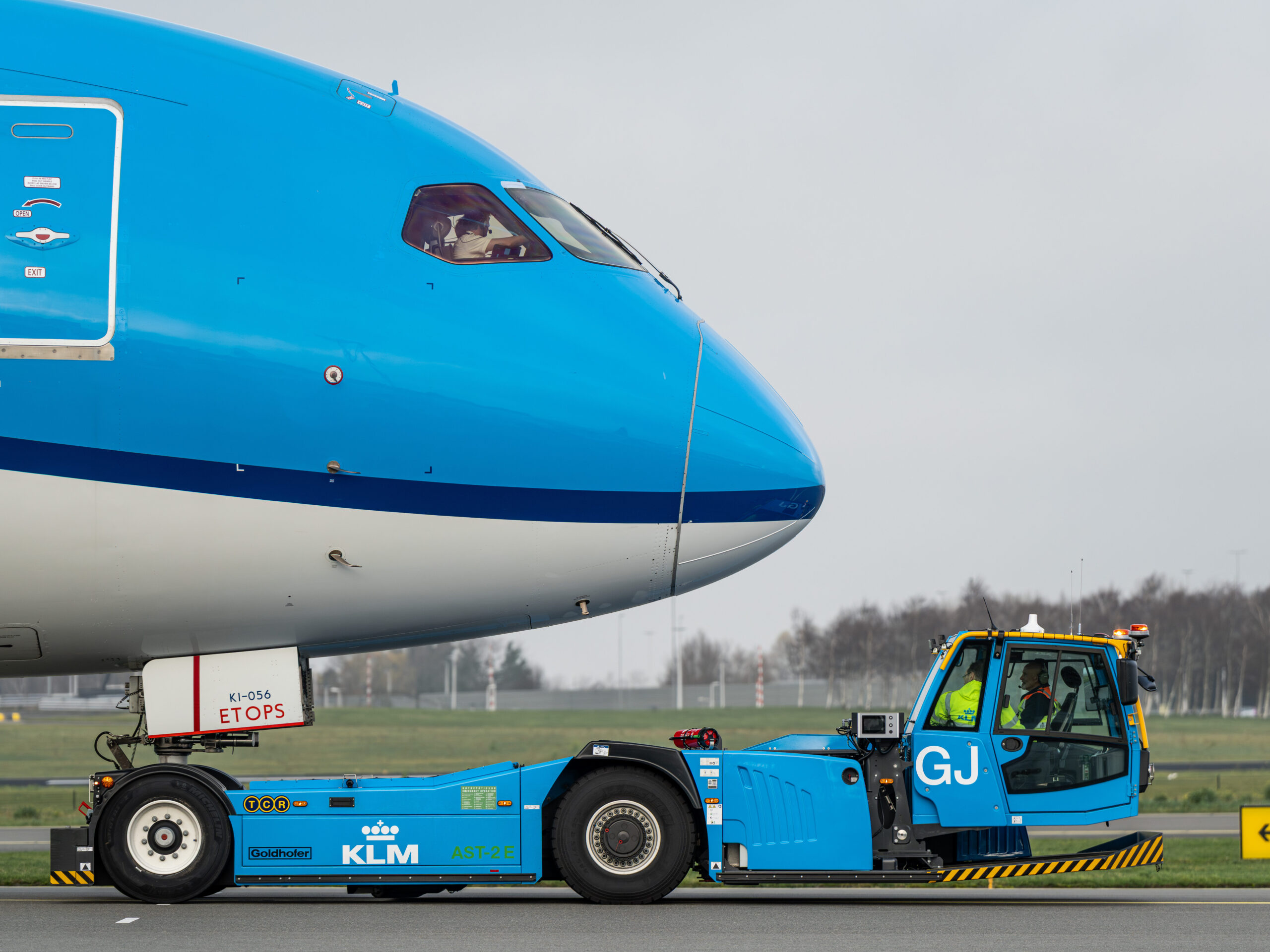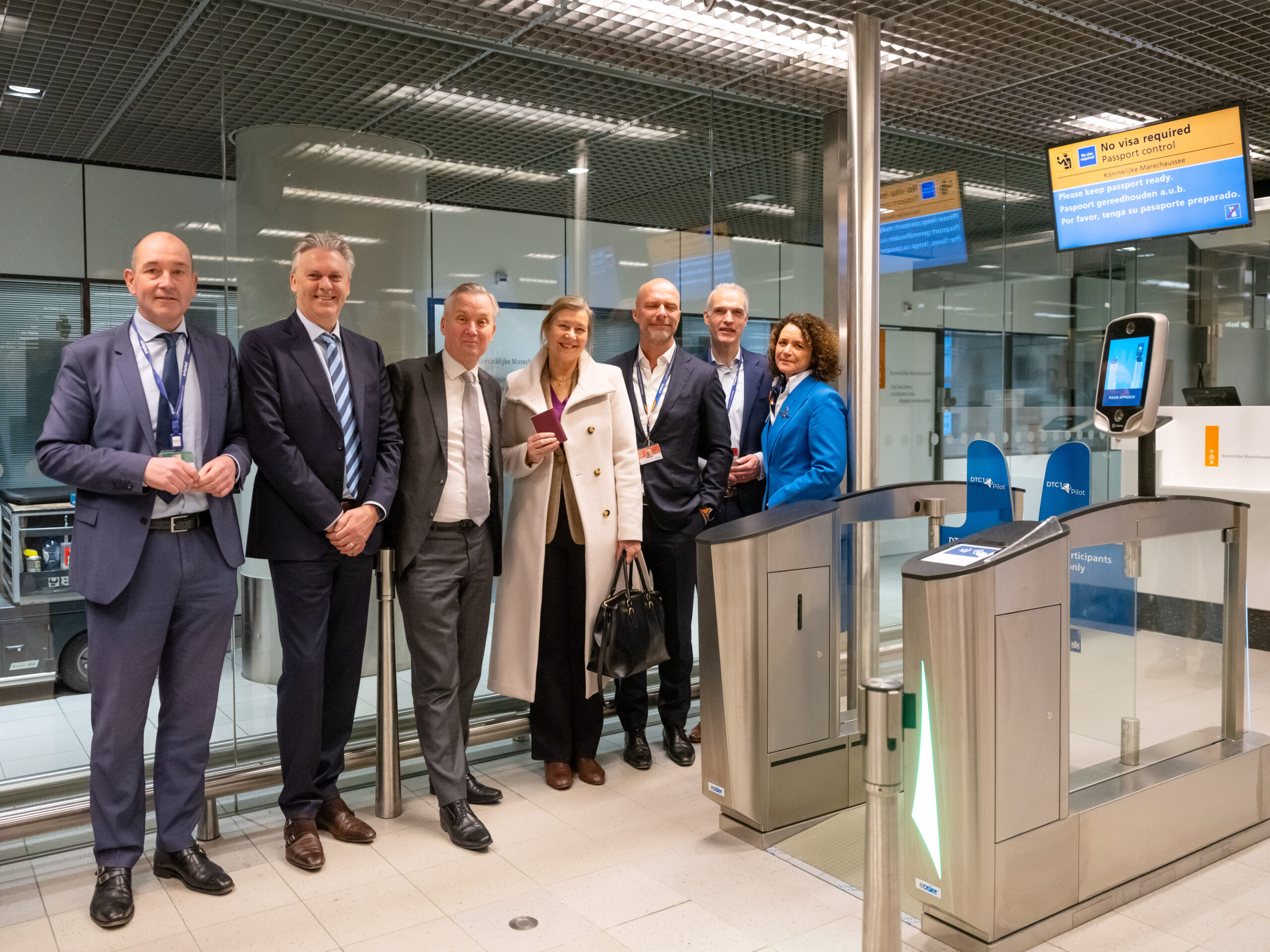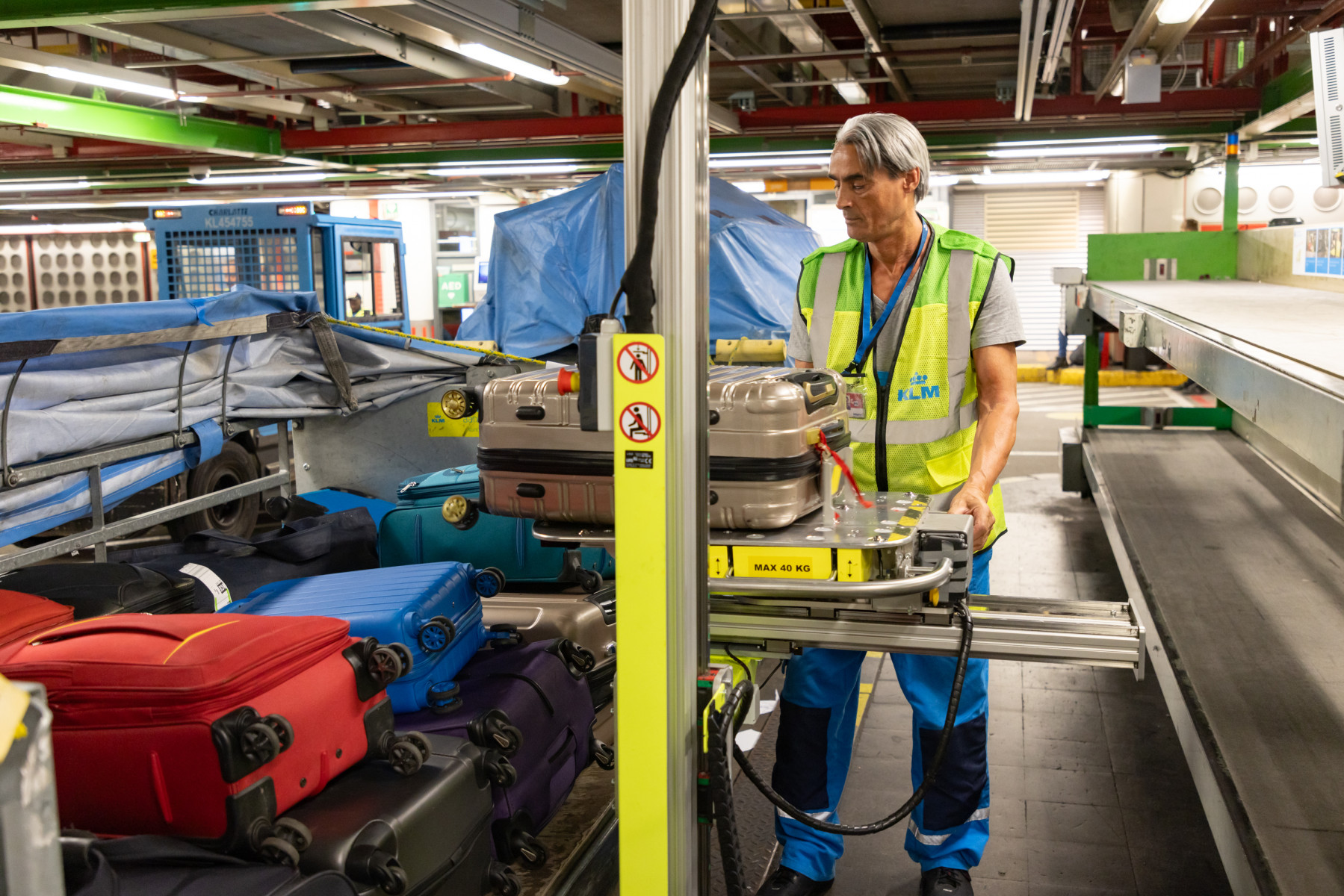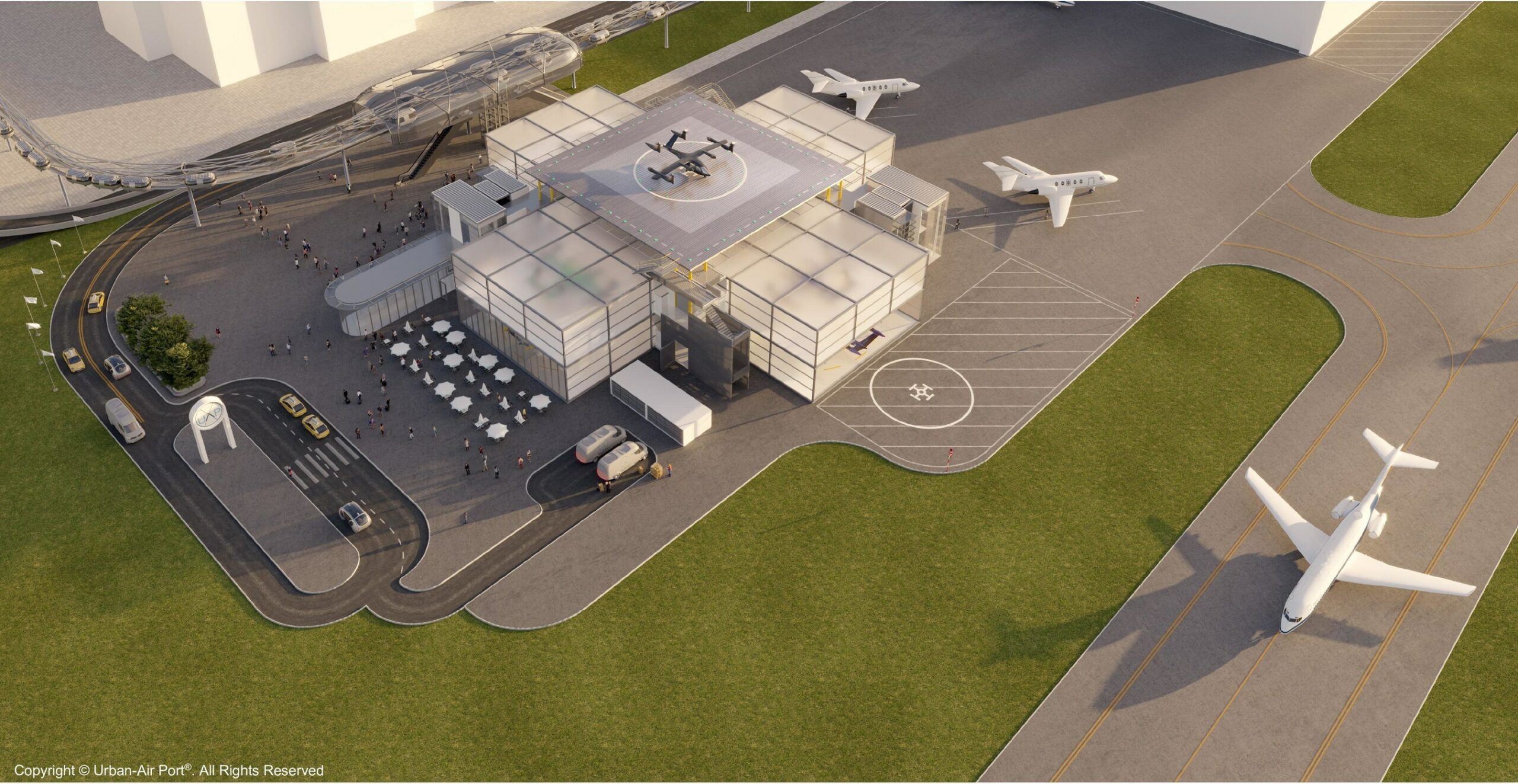Amsterdam Airport Schiphol (AMS) is testing electric autonomous Ohmio buses as part of its airside operations.
The two self-driving vehicles follow a fixed route while making various airside stops near the facilities of cleaning and ground handling companies. This provides a shuttle service for employees working at these locations.
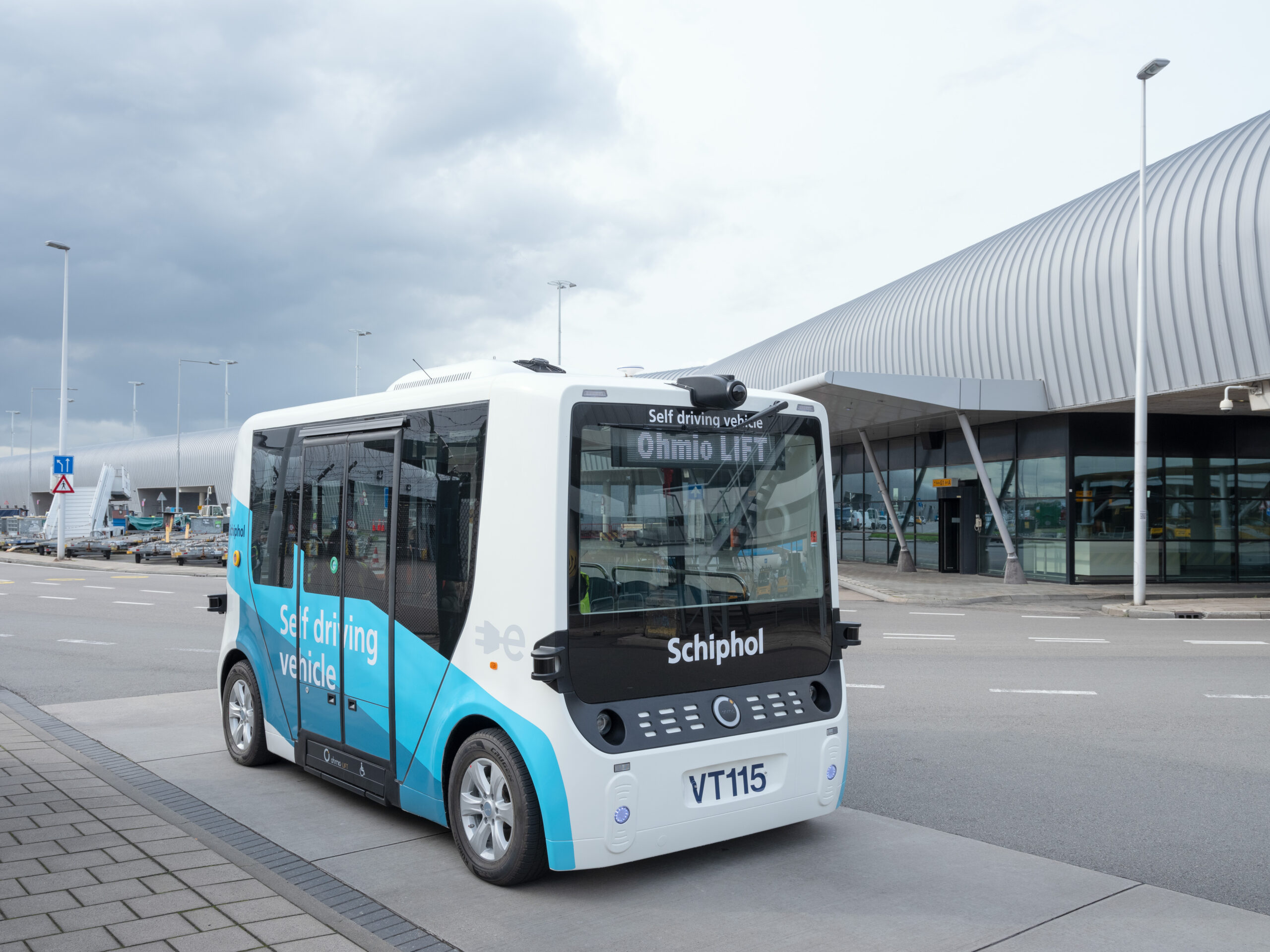
Through this trial, Schiphol aims to explore the benefits of autonomous transport in airside operations. During the first phase, the technology is being thoroughly tested and adapted to the airport infrastructure.
Meanwhile, Schiphol is collecting opinions from participating employees. Currently, of those who use the autonomous service, 89 percent have stated that they would be willing to use it again. These initial findings indicate that the service is viewed as safe and as a positive experience.
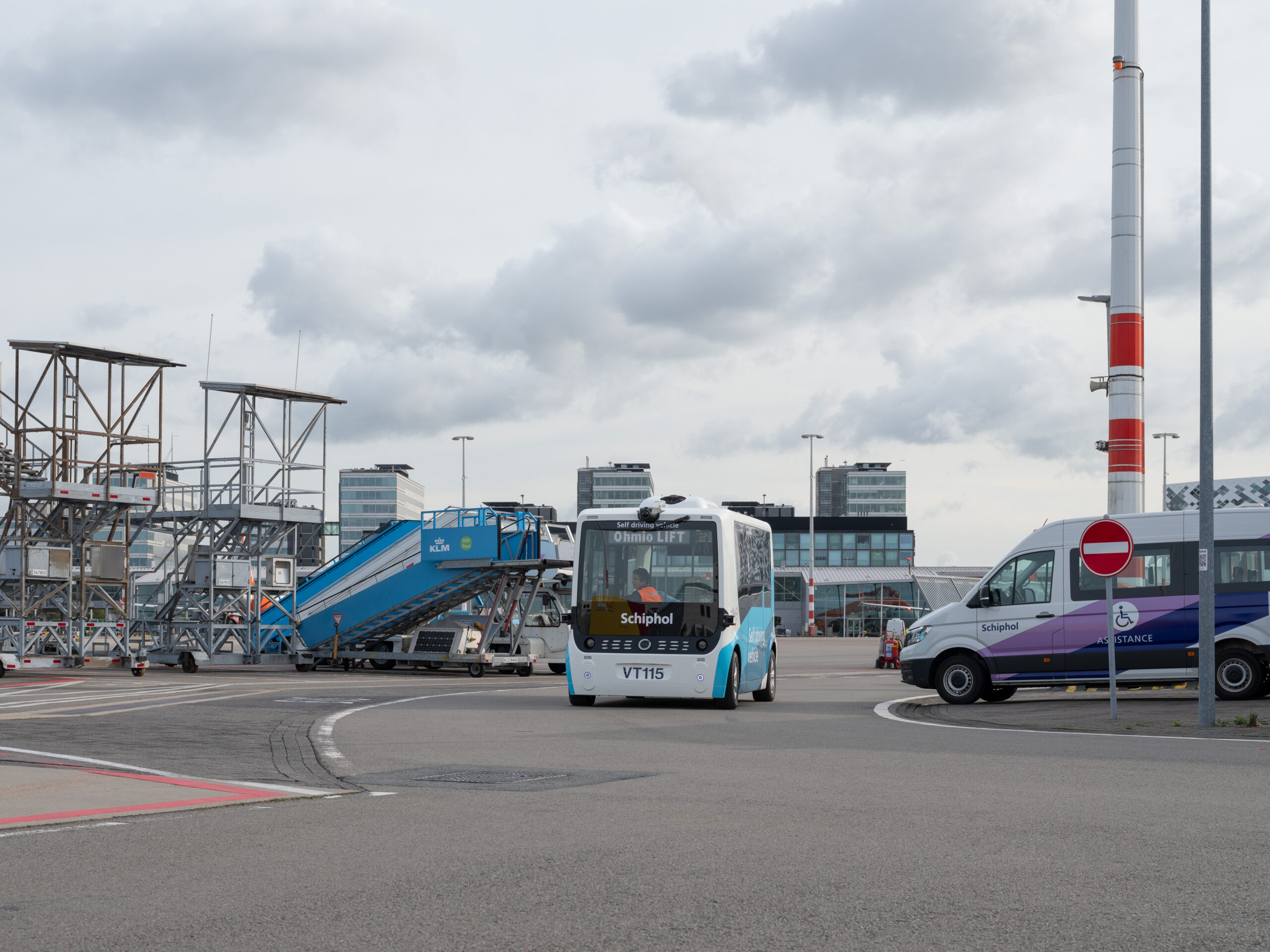
The airport will now continue to test the technology and will assess the possibility of expansion until the end of April.
Jan Zekveld, head of innovation at Royal Schiphol Group said:This trial represents another step towards our ambition of having an emission-free and autonomous ground operation by 2050. The knowledge and insights gained during this test period are of significant added value to future autonomous developments at Schiphol.
With this trial, Schiphol is the first Dutch airport to use Ohmio’s autonomous technology to transport people amid other airside traffic.
The autonomous buses each have the capacity to transport eight people at a time, with employees boarding and alighting using a staff passageway that provides airside access.
Mohammed Hikmet, Executive Ohmio said:This collaboration underscores Ohmio's commitment to advancing visionary approaches for the future of transport. We are enthusiastic about the opportunity and are honoured to join hands with Schiphol Airport, a leading player in Europe's aviation industry.
This trial contributes towards Royal Schiphol Group’s mission to transform its ground operations by 2050, with all vehicles replaced by a contiguous fleet of autonomous, zero-emission models.


